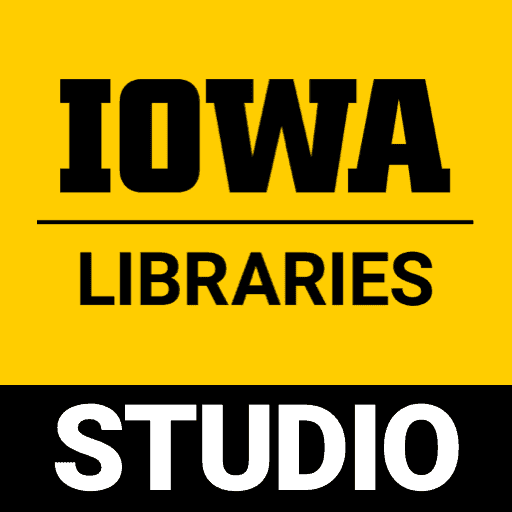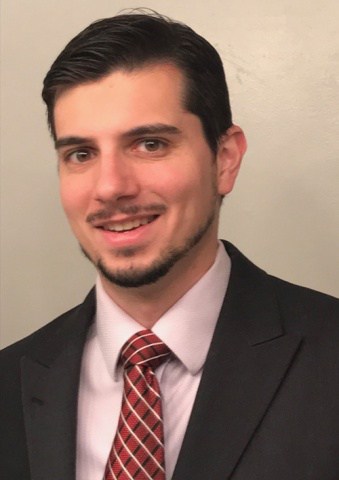At the start of the capstone semester, I found myself following three disparate threads related to digital scholarship. The first was about determining when a digital project was complete. The second was about how digital work related to seeking external support. The third was about how to incorporate digital scholarship into traditional academic norms. WithContinue reading “PDH Capstone: Braiding the Threads”
Author Archives: Nicholas Stroup
PDH Capstone: Following the Threads
When I began my wonderful entanglement with The Studio in 2018, I did not know what would result. I wanted to learn new digital methods, theorize about digital work in contemporary higher education, and become a bit more sophisticated when it came to doing work that would reach out beyond academic journals. As I mentionedContinue reading “PDH Capstone: Following the Threads”
Lessons Learned Doing Digital Work
Thanks to the Studio Summer Fellowship, I have had a deeply meaningful scholarly experience and learned four lessons about digital work in the academy. Lesson 1: Value Process Over Product My intention at the start of this summer was to build a map that visualized the recent history of the public higher educationContinue reading “Lessons Learned Doing Digital Work”
Mapping Public University Access in Kosovo
Can higher education access and higher education quality be improved at the same time? How can we visualize this difficult trade-off? For the Studio summer fellowship, my technological goal is to learn how to build a choropleth map that includes a time slider element. The reason I want to learn this skill is to tell theContinue reading “Mapping Public University Access in Kosovo”

